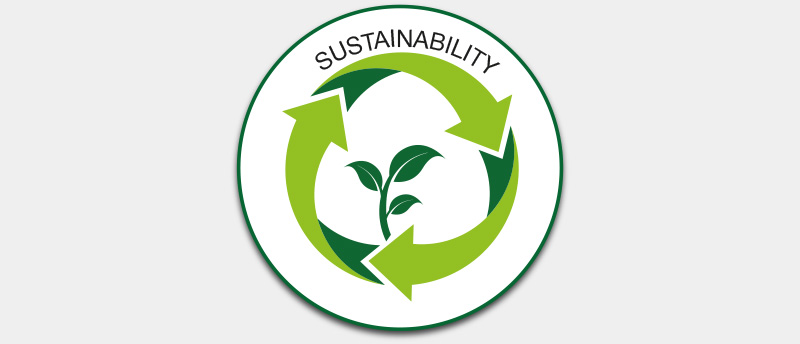Our customers look to us for sustainable food packaging to optimize the value chain and reduce our carbon footprint as we target a Net Zero solution.
Food packaging plays an essential role in sustainability. It protects products during transportation, promotes brand image and gives unique customer experiences. Without food packaging, food waste, the largest contributor to carbon pollution, would be even more out of control.
We must all strive to reduce the amount of packaging to avoid unnecessary waste, and to design out CO2 as much as possible, by down gauging, reducing use of extra packaging and banning controversial materials.
Optimize Processes and Design out Carbon. Removing CO2 from food packaging at the design phase is the most efficient way to reduce carbon from packaging.
Go-Green focuses on source reduction by producing 30% less scrap than conventional thermoforming, making its extruders more efficient and reduces the overall carbon footprint to of the Go Green Package.
Material Selection. In addition, polypropylene has the lowest carbon footprint compared to other sustainable food packaging materials such as APET, because it requires less heat to produce and to recycle so it’s eco-friendly.
Polypropylene is recyclable with many uses in a circular economy.
Sustainable Food Packaging Machinery and Solutions
CPT’s expert sales team are on hand to help you understand your equipment needs and offer invaluable advise that will also assist you to reduce your carbon footprint.
- Cost Savings – reduce use of packaging materials and waste reduction.
- Time Savings – use faster and automated equipment in the packaging process resulting in shorter packaging times. Machinery and automation improves operational efficiency.
- Health and Safety – identify possible automation processes resulting in an improved work environment.
Learn more from the Sustainable Packaging coalition.
Title Tag: Sustainable Food Packaging: 30% Less Scrap


